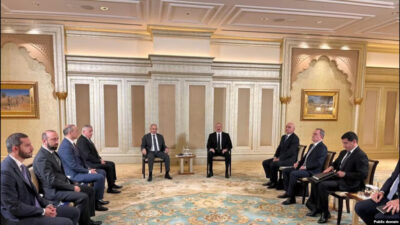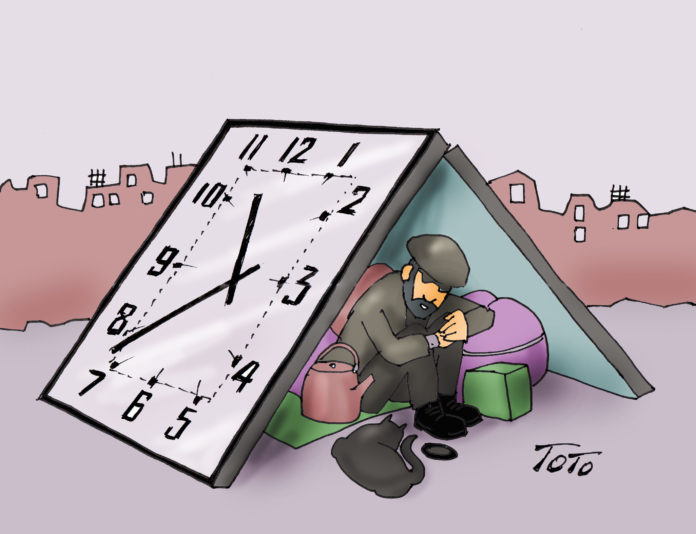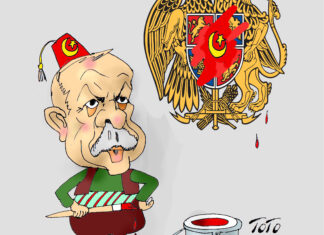It is as if history and fate have been conspiring together to hit Armenia with a disaster every time it reaches a level of recovery. In the aftermath of the genocide, when Armenia was incorporated in the newly-formed Soviet Union and began its frenzy of reconstruction, the earthquake of 1925 in Leninakan (Gyumri) brought to a halt its process of recovery.
Similarly, after surviving the Stalinist terror and the devastation of World War II, as Armenia began a full process of industrialization and cultural recovery, the earthquake of 1988, once again in Gyumri, devastated two thirds of the country.
As if that were not enough, the tragedy was doubled and even tripled with concurrent political and historic events. Indeed, while Armenia lay in ruins and “brotherly” cooperation with other Soviet Republics had begun the painful process of reconstruction, the Soviet Union collapsed before making good on its pledge to help Armenia recover. Next, the war with Azerbaijan ensued.
The earthquake hit on December 7, 1988 at 11.41 a.m. and it affected 40 percent of Armenia’s territory, in a 50-mile radius, with a 6.8 magnitude. It resulted in 25,000 deaths and 50,000 injured, although Western sources at that time placed the number of the dead at 50,000.
The epicenter of the earthquake was near the town of Spitak, with a population of 30,000, which was completely wiped out within 30 seconds. The city of Gyumri (Leninakan at the time) lost 17,000 of its population. A total of 21 cities and towns were affected as well as 342 villages, with 58 of them completely razed to the ground. The destruction left 500,000 homeless.
USSR Premier Mikhail Gorbachev, who was on a state visit in the US, directly flew back to Moscow and headed to Armenia. He pledged to complete the recovery project within two years at a cost of $10 billion. And indeed, 40,000 earthquake specialists and construction workers converged on Armenia’s disaster zone. The reconstruction was not completed yet when the Soviet Union collapsed and the simmering violence between Armenia and Azerbaijan blew up into a full-scale war hampering rescue and reconstruction efforts, because of the blockade imposed by Azerbaijan. Against all odds, Armenia managed to win the war and on May 9, 1994, a ceasefire agreement was signed.








